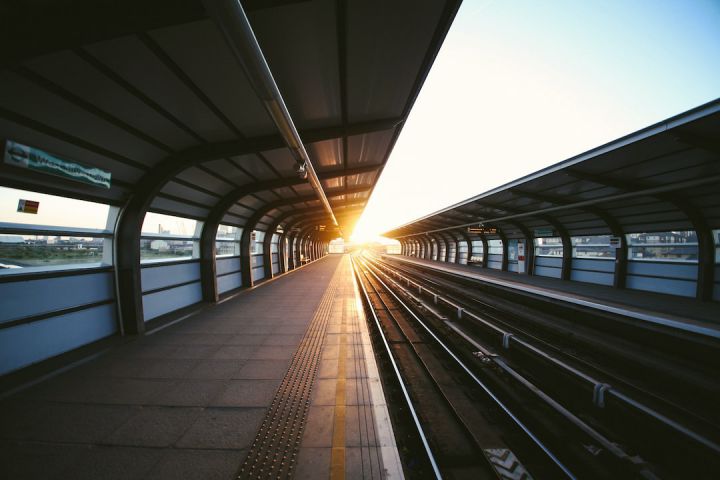Trains have long captured the imagination of artists, and their depiction in paintings has become an integral part of the art world. From the industrial revolution to the modern era, these powerful machines have symbolized progress, movement, and the changing landscape.
In the 19th century, as trains began to dominate transportation, artists, too, turned their attention to this new marvel of engineering. The advent of oil painting enabled artists to capture the essence of trains with vibrant colors and intricate details. The contrast between the solid iron of the locomotive and the fluidity of the landscape became a popular subject for painters.
One prominent artist who embraced this subject was J.M.W. Turner. Known for his atmospheric landscapes, Turner’s paintings often featured trains as a central element. In his masterpiece “Rain, Steam, and Speed – The Great Western Railway,” Turner depicts a locomotive racing across a bridge amidst a storm. The swirling clouds and dramatic lighting create a sense of movement and power, emphasizing the awe-inspiring nature of the train.
Another artist who explored the theme of trains was Claude Monet. In his series of paintings titled “The Gare Saint-Lazare,” Monet captured the bustling energy of a train station. Through his loose brushstrokes and vibrant colors, he conveyed the dynamism and chaos of a busy railway terminal. The steam and smoke billowing from the trains add a sense of realism and evoke the sounds and smells of a bustling train station.
The allure of trains in paintings is not limited to the 19th century. In the 20th century, artists like Edward Hopper and David Hockney continued to depict trains in their artworks. Hopper’s “The Locomotive” portrays a solitary train against a desolate landscape, conveying a sense of isolation and nostalgia. Hockney, on the other hand, used his signature pop art style to depict trains in vibrant, bold colors, infusing a sense of modernity and excitement.
But what is it about trains that captivate artists? Perhaps it is the symbolism they carry. Trains represent progress and modernity, as well as the connection between different places and people. They have the power to transform landscapes, both physically and metaphorically. The sight and sound of a train in motion evoke a sense of anticipation and adventure, which artists aim to capture in their paintings.
Moreover, trains have a nostalgic quality. They harken back to a time when travel was slower and more leisurely, when the world seemed larger and more mysterious. As technology advances and we become ever more connected, the train becomes a symbol of a bygone era, a reminder of a simpler time.
In conclusion, trains have played a significant role in the world of art, particularly in paintings. From Turner to Monet, Hopper to Hockney, artists have used various styles and techniques to depict trains and their impact on the landscape. The allure of trains lies in their symbolism, representing progress, connection, and nostalgia. Through the medium of oil painting, artists have captured the essence of trains, immortalizing their power and beauty on canvas.
